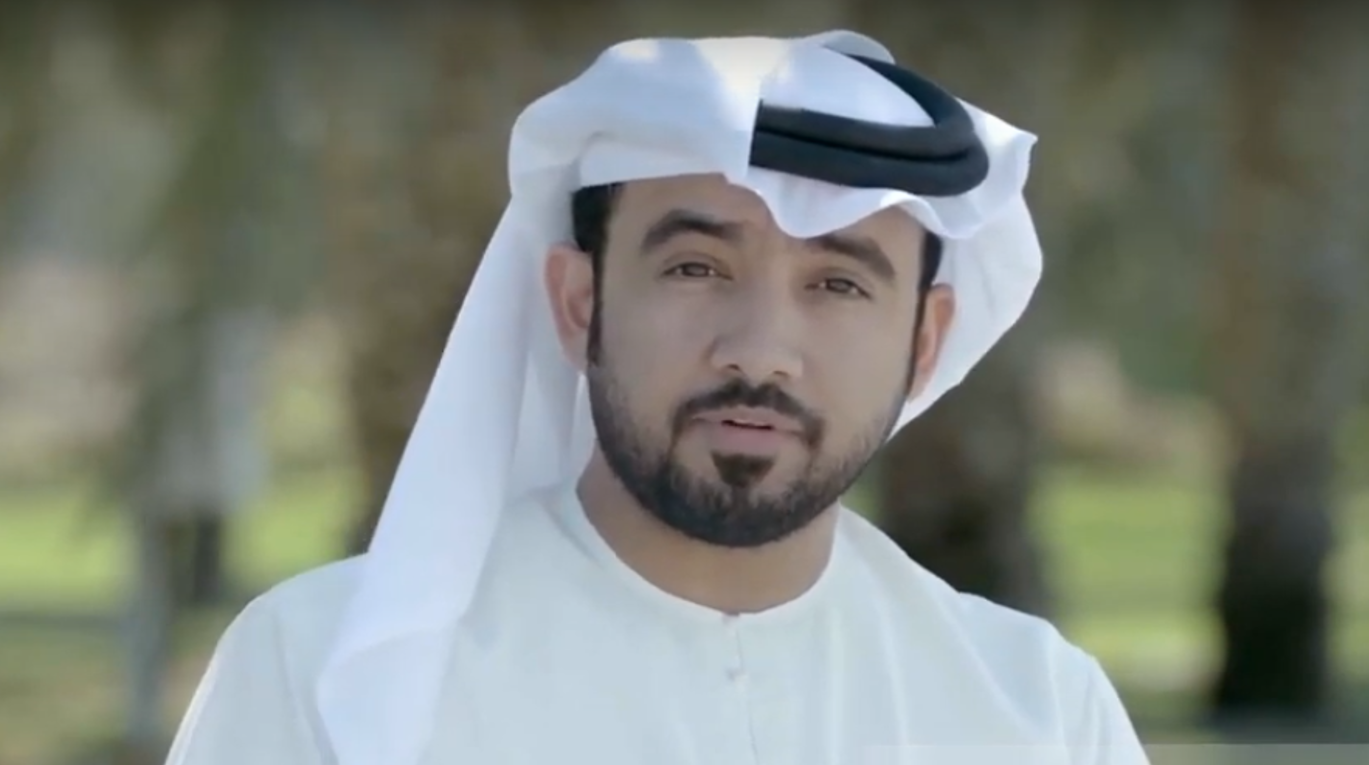Public Spaces/Private Money: The Triumphs and Pitfalls of Urban Park Conservancies
There was a time when urban parks were firmly considered the pride, joy and responsibility of taxpayers. Once a park was in the public domain, all agreed that its weight was to be carried on the shoulders of city government.
No longer. While many places still hew to the traditional model, a growing number of cities now utilize private donations to rebuild, refurbish, and even maintain some of their most iconic parks.
Today’s favored revitalization structure is the conservancy. New York alone has nearly two dozen such private organizations providing financial support for a park, and thanks to some high-profile successes, this new approach is emerging as a significant park management model in the right circumstances.
The concept stokes both hope and fear. Many an elected official and many a private donor trust that a conservancy can improve park success while holding down taxpayer expense. Others are skeptical, worrying that a narrow group of residents might assume control of a public resource with the best of intentions but without political accountability or an understanding of the broader needs of the citizenry.
This study explores city park conservancies from all sides, using real-life findings and experiences from 41 organizations that have a collective experience record of nearly 750 years.
Funding for this report was provided by:
Richard Gilder, Jr. The Horace W. Goldsmith Foundation Thomas L. Kempner
Special acknowledgment
This report could not have been produced without the editorial and administrative leadership of Adrian Benepe, Senior Vice President for City Park Development, The Trust for Public Land.
About The Trust for Public Land
The Trust for Public Land creates parks and protects land for people, ensuring healthy, livable communities for generations to come. It is a US based organisation working from more than 30 offices nationwide. Since 1972, The Trust for Public Land has protected more than 3.3 million acres and completed more than 5,400 park and conservation projects
For further information on their work visit: www.tpl.org
Author: The Trust for Public Land (USA)
Estimated Read Time: Long Read











